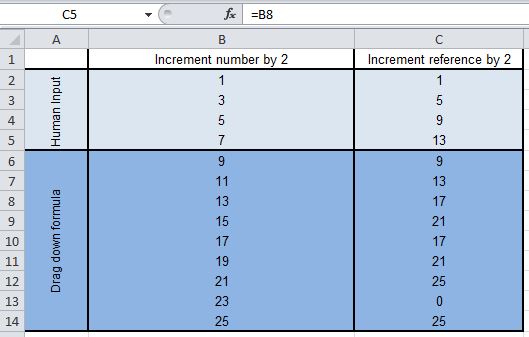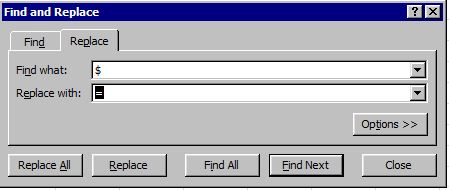After the grand success of its Redmi Note 3, Xiaomi has launched its much awaited Redmi Note 4 here in India today just a while back from now. It will be available in three versions – 4 GB – 64 GB for Rs. 12,999, 3 GB – 32 GB for Rs. 10,999 and 3 GB – 32 GB for Rs. 9,999 and three colours – Gold, Space Grey and Matte Black. While it has got launched today, it will be placed on sale starting January 23 at 12 pm exclusively on Flipkart and Mi.com, and it seems no pre-registration would be required to buy it.
While Redmi Note 3 was priced at Rs. 11,999 for its 3 GB RAM, 32 GB ROM version, Xiaomi has decided to offer Redmi Note 4 at an even more attractive price of Rs. 10,999 for the same 3 GB – 32 GB model. That is something to cheer about for its prospective buyers.
Xiaomi has also decided to launch its new 4 GB – 64 GB version here in India and it will be priced at Rs. 12,999, while the base model of 2 GB – 32 GB will continue to be priced at Rs. 9,999. As these new models go on for sale starting next week, it seems Xiaomi has already stopped selling Redmi Note 3 through all its existing channels. However, its smaller versions – Redmi Note 3S and Redmi Note 3S Prime continue to be available at Rs. 6,999 and Rs. 8,999 respectively.
14nm Snapdragon 625 processor – Redmi Note 4 is equipped with 2 GHz Octa-Core Qualcomm Snapdragon 625 processor, with 14nm FinFET technology. This processor is said to be more efficient than its earlier version of Snapdragon 650 processor, 28nm FinFET.
Adreno 506 GPU – The smartphone would come equipped with Adreno 506 GPU for graphics, as compared to Adreno 510 GPU Redmi Note 3 had.
5.5-Inch Full HD Display – As far as display is concerned, Redmi Note 4 has a 5.5-inch (13.9 cm) full HD display (1920×1080 pixels) with 2.5D arc glass design. This is the first time Xiaomi will have full 2.5D curved glass on the front.
4100 mAH Battery – 4050 mAH battery was one of the reasons behind the success of Redmi Note 3 and Xiaomi seems to be in no mood to disappoint its users on this front. Redmi Note 4 will carry 4,100 mAH battery and as per Xiaomi, its performance would be 25% better as compared to its predecessor.
13 MP Camera – The smartphone will have 13 megapixel primary camera and 5 megapixel front camera. The rear camera uses Sony CMOS sensor with 1.12 micron pixel size for better low-light performance. It also supports PDAF (Phase Detection Auto Focus), has a dual-tone LED flash and f/2.0 aperture.
Dual-Sim Slot – Like earlier, Redmi Note 4 will have a hybrid dual-SIM slot (micro + nano/microSD). Memory is also expandable to the extent of 128 GB with microSD slot included. But, as earlier you will be able to use either microSD card or your second sim.
Android Marshmallow and MIUI 8.0 – The smartphone will work on Android Marshmallow operating system along with the company’s own MIUI 8.0.
4G VoLTE Support – Redmi Note 4 will come with 4G LTE connectivity along with support for VoLTE (Voice over LTE). So, you will be able to use it with your Reliance Jio sim as well.
Fingerprint, Infrared Sensors – Like its predecessor, Redmi Note 4 will also have fingerprint sensor at the back and infrared sensor at the top of the handset.
Speakers at Bottom – Redmi Note 4 will carry its dual speakers at the bottom, rather than at the back its predecessor had. I think this is a good change they have made as it helps to hear your phone ringing if you are sitting in some other room.
Dimensions & Weight – Redmi Note 4 has some minor changes to its dimensions and weight as compared to Redmi Note 3. As against 150 X 76 X 8.65 mm, Redmi Note 4 will measure 151 X 76 X 8.35 mm and weigh just a gram more at 165 grams.
January 23 Launch on Flipkart & Mi.com at 12 PM
Since its July 2014 debut here in India, Xiaomi has been successful in creating a huge demand for almost all of its smartphones. As the phone is all set to go on sale on Flipkart and Mi India’s own site Mi.com from January 23, it is a given that the sale will not last even more than a few seconds before the phone gets out of stock. But, in the long run, will it be able to give Xiaomi the success it has tasted with Redmi Note 3? Let’s wait and watch.





